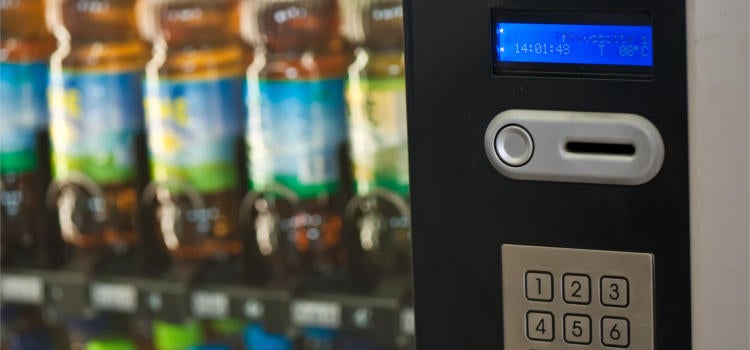
Considerable exposure to sugary drinks combined with a lack of water fountains in high schools are likely important contributors to increased consumption of sugar sweetened beverages, a new study from the University of Waterloo has found.Focusing on high schools in Guatemala City, researchers from Waterloo and the Cardiovascular Surgery Unit of Guatemala found that that the beverage industry is very visible in schools through industry-sponsored food and drink kiosks, advertisements, and donated goods. Further, students attending the public schools lacked access to free drinking water during school.
“Schools represent an important area of influence for adolescents,” said Katelyn Godin, lead author on the paper and a PhD candidate at Waterloo’s School of Public Health and Health Systems. “With limited access to clean drinking water and the very visible presence of the beverage industry in schools, it’s clear that being in an environment that encourages students to purchase unhealthy sugar-sweetened beverages has an impact on behaviour.”
Guatemalan students consume soft drinks an average of 2.5 days each school week, which is twice the rate of their Canadian peers, who have ready access to water fountains at school.
Latin Americans are among the greatest consumers of sugar-sweetened beverages globally. They also face higher rates of obesity, undernutrition and chronic illness than people in wealthier countries.
“The presence of the sugar-sweetened beverage industry in Guatemalan schools suggests that the beverage industry is capitalizing on countries that have fewer enforced regulations to protect youth than places like Canada to access a key subgroup of impressionable consumers,” said Godin.
In Canada provincial policies restrict the availability of sugar-sweetened beverages for sale in schools and limit the presence of marketing from the food and beverage industry.
The researchers also found that unlike public schools, the Guatemalan private schools they studied all had free, clean drinking water available to students through water coolers. Private school students consumed sweetened beverages half as often as their public-school peers.
“This finding reflects an important social and health inequity, since private school students typically come from wealthier families,” said Godin. “An initial step to addressing these problems is enforcing policies that limit the power the sugar-sweetened beverage industry has in schools, while providing students with healthy alternatives to sugar-laden, high calorie drinks.”
According to the Centre for Science in the Public Interest, Latin America is the largest market globally for soda in terms of dollar sales.
The study is published in Public Health Nutrition.